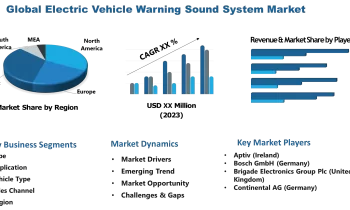
Whilst the UK enters week two of a national lockdown, data from the Office for National Statistics (ONS) this week showed that the UK’s unemployment rate rose from 4.5% to 4.8% in the three months to September the highest level since November 2016
A record 314,000 redundancies were recorded in the third quarter of the year, 181,000 more than in the second quarter, as the effect of the coronavirus continues to hit the UK job sector.
The total number of people categorised as unemployed increased by 243,000 to 1.62 million in the third quarter, the largest quarterly increase since 2009.
Data from the ONS for October indicated that the number of employees on UK payrolls has declined by 782,000 since March.
Weakening Labour Market
ONS deputy national statistician for economic statistics Jonathan Athow told the BBC:
“We’re seeing a continuation of a weakening of the labour market, fewer people on the payrolls and fewer people employed overall. That is now passing through to increasing unemployment altogether.”
“We might see furlough creep up again and that might mean we don’t see any further big increases in redundancies or unemployment, but it’s way too early to tell what will happen,”
Furlough Extended Creating More Concern
Last week, Finance minister Rishi Sunak announced an extension of the expensive coronavirus furlough scheme, providing 80% of the pay of temporarily laid-off workers, until the end of March.
The Bank of England has predicted that approximately 5.5 million workers will need support from this programme during an England-wide lockdown in November, up from over 2 million last month.
The employment group that have been hardest hit in the last three months have been the 16 -24 age group. Redundancy rates have more than doubled compared to the same period last year.
Heaping more misery on the jobless total will be the 3,500 jobs cut by Sainsbury’s recently with the closure of 420 Argos stores. The figures of which are not included in the latest ONS data.



